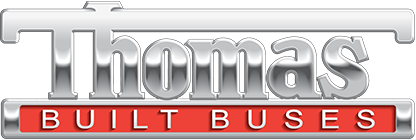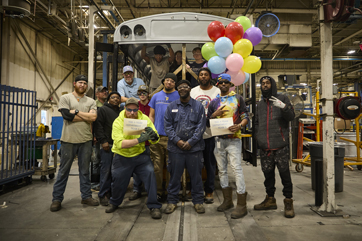
A behind-the-scenes look at our historic celebration and transition of the Type D legacy
It isn’t every day you get to celebrate a major milestone, so we’ve captured the iconic plant transition of our Type D production and commemorated the milestone in a video celebration. Chronicling the final steps of the last Type D bus to roll off the historic assembly line, the video features…
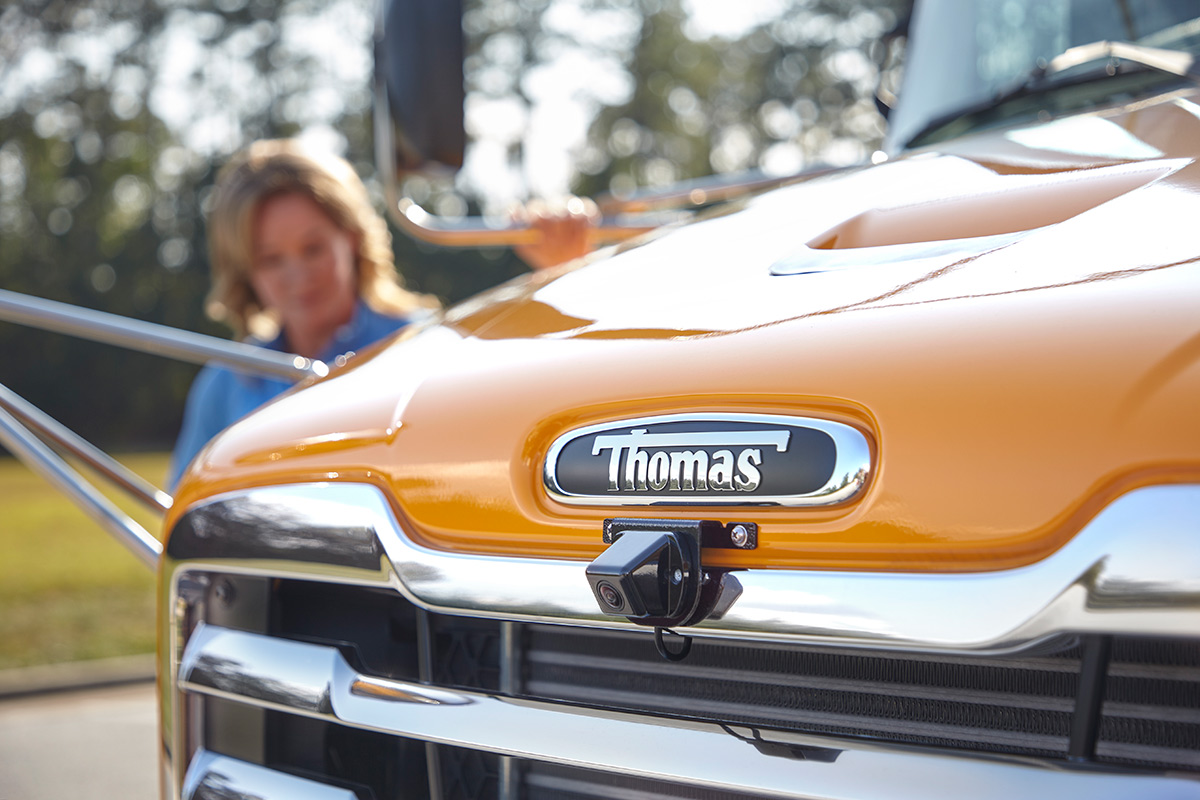
At Thomas Built Buses, we view safety as a journey, not a destination. Safety is at the core of everything we do—from our manufacturing processes to our testing protocols and focus on continuous innovation. It is more than just a feature; it’s an interconnected facet of all our operations.
Let’s look at how this commitment to safety is woven into every phase of our process, from…
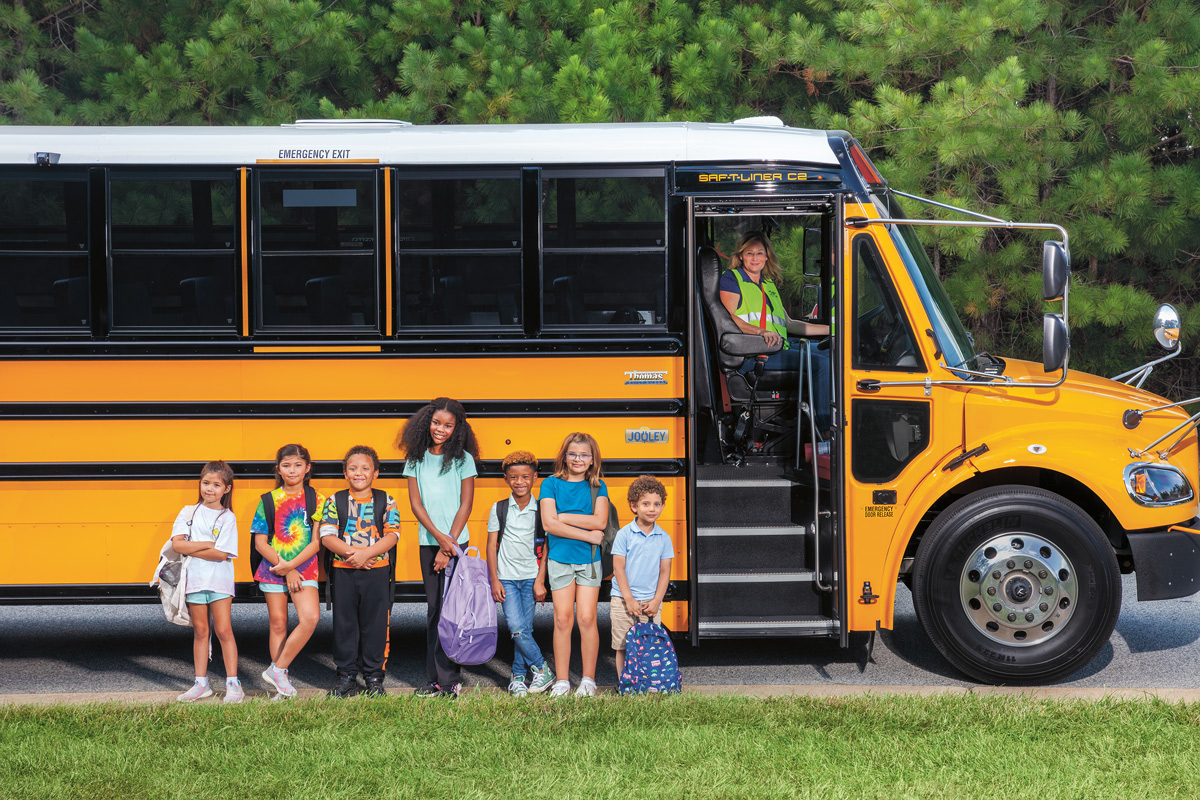
What makes the electric Saf-T-Liner C2 Jouley school bus an excellent vehicle for today and the future? Our free Electric School Bus Curriculum answers this and more.
Today’s students are increasingly interested in electric vehicles and environmentally smart transportation options. This dynamic, professionally designed curriculum provides teachers with tools and lessons to increase…
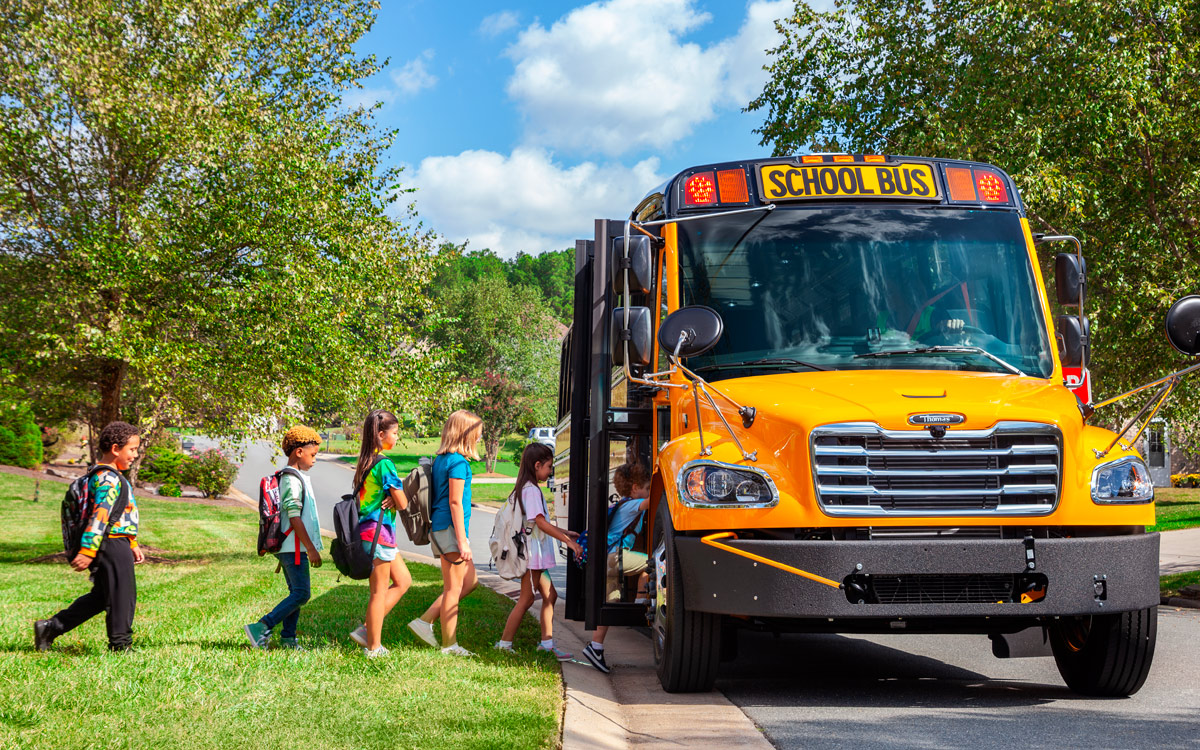
In today’s rapidly evolving industrial landscape, sustainability has become a global focus. But what does that even mean? For Thomas Built Buses, it’s about defining our commitment to our organization, our industry and the communities we serve. While our electric school bus, the Saf-T-Liner® C2 Jouley®, and its many milestones (including the recent delivery of our 1,000th) often come to…
Since fuel costs typically represent more than two-thirds of school bus fleet’s annual operating expenses, it’s important to understand how to accurately estimate total fuel costs for your fleet. Doing so not only will enable you to budget more accurately for the year but also will allow you to make important purchasing decisions for your fleet based on products that help reduce your overall fuel cost.
Fuel costs ebb and flow, which is why it’s important to remember not to consider fuel costs at face value. To get a clear picture of the true cost to fuel a school bus, you also must consider fuel economy and fuel efficiency. The more efficient an engine is, the less fuel it burns and the further it travels on a single gallon of fuel. So, even if one type of fuel is less expensive per diesel gallon equivalent (DGE), the efficiency of that fuel may negate the savings.
Here’s how to calculate fuel costs for your fleet given the face value of fuel plus fuel economy.
Doing the Math
Step 1 – Determine your fuel economy.
- Divide the number of gallons used by the mileage obtained
Here’s a real-life example.
- 510 miles driven / 60 gallons used = 8.5 miles per gallon fuel economy
Step 2 – Calculate total fuel cost.
- Take your total mileage per year and divide by your fuel economy to determine the number of gallons of fuel needed per year.
- Multiply the number of gallons needed per year by the total cost per gallon of fuel or DGE to get your approximate cost of fuel for the year.
Here’s a real-life example using the same Thomas Built Buses Saf-T-Liner C2
- 12,000 miles driven per year / 8.5 miles per gallon = 1,410 gallons of fuel needed per year
- 1,410 gallons x $3.07 per gallon* = $4,328.70
*national average on 3/6/19
A diesel school bus that travels 8.5 miles per gallon will cost approximately $4,328.70 to fuel for the year. Driving style, weather and road conditions may affect these figures somewhat.
Why Does this Matter?
Fuel economy is one of the key misleading indicators when it comes to costing out a school bus, particularly those that are fueled by alternative fuels or gasoline. While gasoline costs per gallon typically are lower than those of clean-diesel, gasoline is less efficient compared to diesel. On average, a clean-diesel school bus can travel about 510 miles on a tank of diesel vs. only 270 miles on gasoline, based on the same standard-sized fuel tanks. Newer engines, like the Detroit™ DD5™ and DD8™ diesel engines, show an additional three percent increase in fuel efficiency. This difference in range and fuel economy quickly mitigates the cost difference between gasoline and diesel fuel.
Let’s look at that on paper.
As you can see, even though clean-diesel costs more than gasoline per gallon, it outperforms other fuel types in operating range and overall costs, based on how efficient the fuel is.
Diesel always has been and remains the most fuel-efficient engine (due to more BTUs), providing nearly 90 percent better fuel economy and a longer operating range than any other similar-sized gasoline, propane or compressed natural gas (CNG) engines. Plus, new technologies and innovations, like the Detroit DD5 engine can help you achieve even greater fuel economy and lower fuel costs down the road.
To learn more, contact your local Thomas Built dealer to discuss your fleet’s needs and how you can lower the fueling costs for your fleet.
